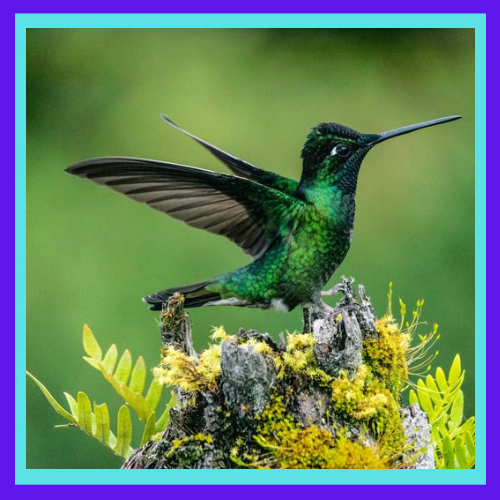
Hummingbirds stand out as some of natures beings celebrated for their stunning colors, remarkable agility and distinct behaviors. Mainly found in the Americas these petite avians have captivated researchers and bird lovers for generations. This piece delves into the realm of hummingbirds uncovering their anatomy, habits and significant contributions to their environments.
A Kaleidoscope of Colors and Movement
Hummingbirds boast features with their shimmering feathers that can sparkle in a spectrum of colors under sunlight. These lively shades, spanning from greens to reds are not solely due to pigments but result from tiny platelets within the feathers that refract light. Referred to as coloration this phenomenon allows hummingbirds to glisten in varying hues when viewed from angles.
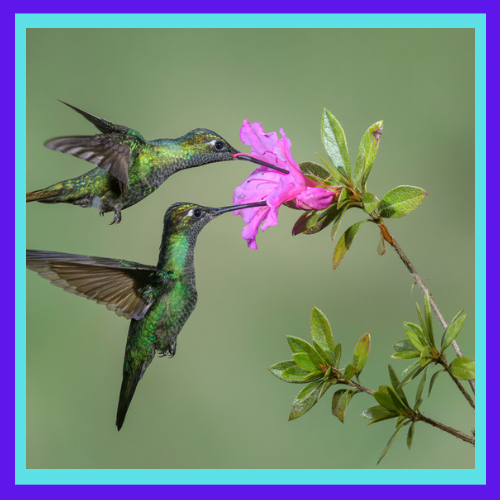
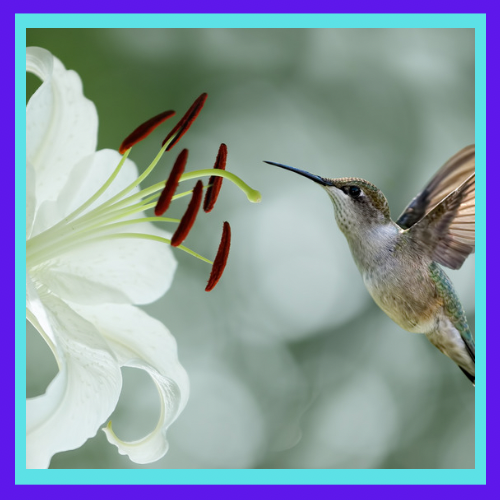
The Magic of Hovering: Unmatched Flight Techniques
One of the traits of hummingbirds lies in their ability to stay suspended mid air. This feat is enabled by their wing design and swift wing flutters that can reach speeds between 50 to 80 beats, per second.
Hummingbirds stand out from birds due, to their shoulder joint that allows their wings to rotate in all directions. This special feature lets them fly backwards, or forwards upside down with ease.
Their ability to hover is not a sight but a necessary skill for feeding. Hummingbirds primarily feed on nectar found in flowers and hovering helps them reach tubes inaccessible to other creatures. Their distinctive bills and long tongues make them nectar gatherers.
Known for their high energy lifestyle hummingbirds have one of the higher metabolic rates in the animal kingdom. Their hearts beat fast. Their hearts can beat up to 1,260 times per minute. They consume large amounts of nectar daily to sustain themselves. This constant need for energy means they visit flowers every day.
Apart from nectar hummingbirds also eat insects and spiders for nutrients and proteins. This diverse diet is crucial, for maintaining their muscle strength and overall well being.
Hummingbirds need to go into a state to hibernation at night or when food is scarce due, to their high calorie diet and fast metabolism.
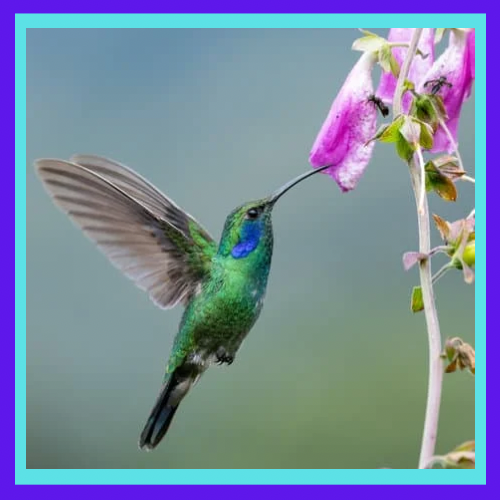
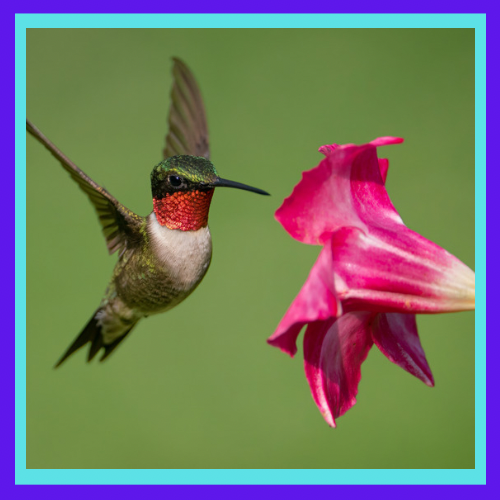
Importance in Nature: Pollinating and More
Hummingbirds play a role in the ecosystems where they live. By sipping nectar they unintentionally move pollen from one flower to another acting as pollinators for plant species. This symbiotic relationship is essential for the reproduction of flowering plants that rely on hummingbirds, some of which have evolved features like vibrant colors and tubular shapes to attract them.
Additionally, hummingbirds serve as indicators of well being. Their presence and numbers can indicate the health of habitats because they are highly responsive to changes in their surroundings caused by factors like habitat loss and shifts in climate.
A Varied Family: Types and Range
The Trochilidae family includes over 300 species of hummingbirds each with traits and specializations. The bee hummingbird (mellisuga helenae) the member measuring around 2 inches long and weighing than 2 grams holds the title for being the smallest bird globally. On the end of the spectrum the giant hummingbird (patagona gigas) can grow, up to 9 inches long showcasing the diversity found within this bird family.
Hummingbirds are mainly found in the Americas stretching from Alaska to Tierra del Fuego with the variety observed in the zones of Central and South America. The Andes Mountains stand out as a hub, for diversity accommodating a range of species adapted to different altitudes and climates.
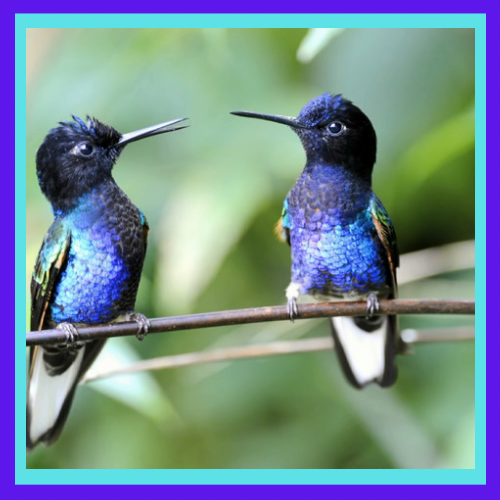

Challenges and Conservation Efforts
Despite their resilience many hummingbird species are under threat. Loss of habitat due to deforestation urban expansion and agriculture is an issue. Climate change also presents a risk by impacting the availability of flowering plants and altering migration patterns.
Conservation initiatives for hummingbirds focus on preserving and restoring habitats. Strategies like establishing gardens to hummingbirds safeguarding migration routes and promoting farming practices play a crucial role. Organizations and experts are actively engaged in raising awareness about the significance of these birds and advocating for their protection.
Human Fascination and Cultural Importance
Through history hummingbirds have captivated imagination appearing prominently in folklore and art across cultures. In beliefs these birds symbolize love, beauty and joy. The Aztecs held them in regard, as symbols of vitality. Associated them with their war god Huitzilopochtli.
Today hummingbirds continue to evoke wonderment and respect.
Bird enthusiasts and photography enthusiasts worldwide strive to capture the beauty of hummingbirds while gardeners cultivate a variety of flowering plants to attract these guests. The exploration of hummingbirds also contributes to knowledge by offering insights, into evolution, ecology and physiology.
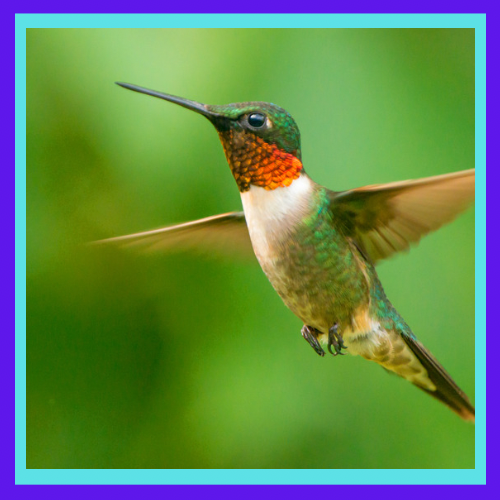
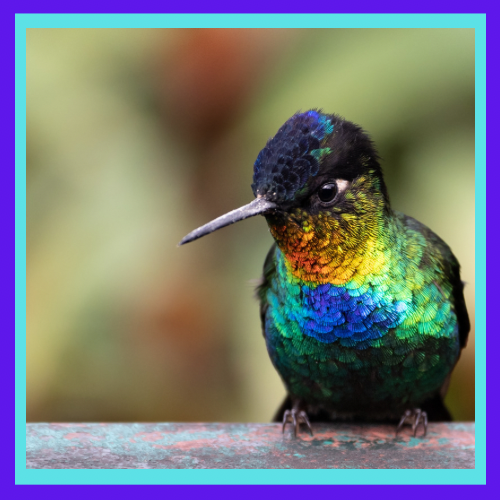
In essence
Hummingbirds are creatures that embody a mix of beauty, agility and ecological significance. Their complex flight techniques, colorful feathers and vital role in pollination make them captivating subjects, for study and admiration. As we delve deeper into understanding these fliers it is crucial to prioritize their conservation efforts so that future generations can appreciate their magnificence.
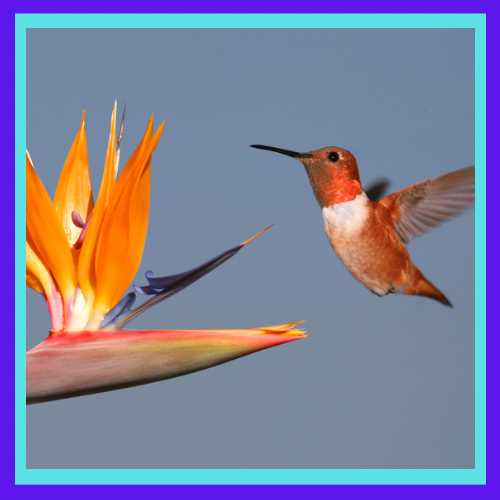
References
2. https://www.nationalgeographic.com/animals/article/hummingbirds-see-colors-outside-rainbow
3. https://www.audubon.org/news/hummingbird-flight-nothing-else-bird-world
4. https://www.bbc.com/news/science-environment-23143678
5. https://www.allaboutbirds.org/guide/Black-chinned_Hummingbird#


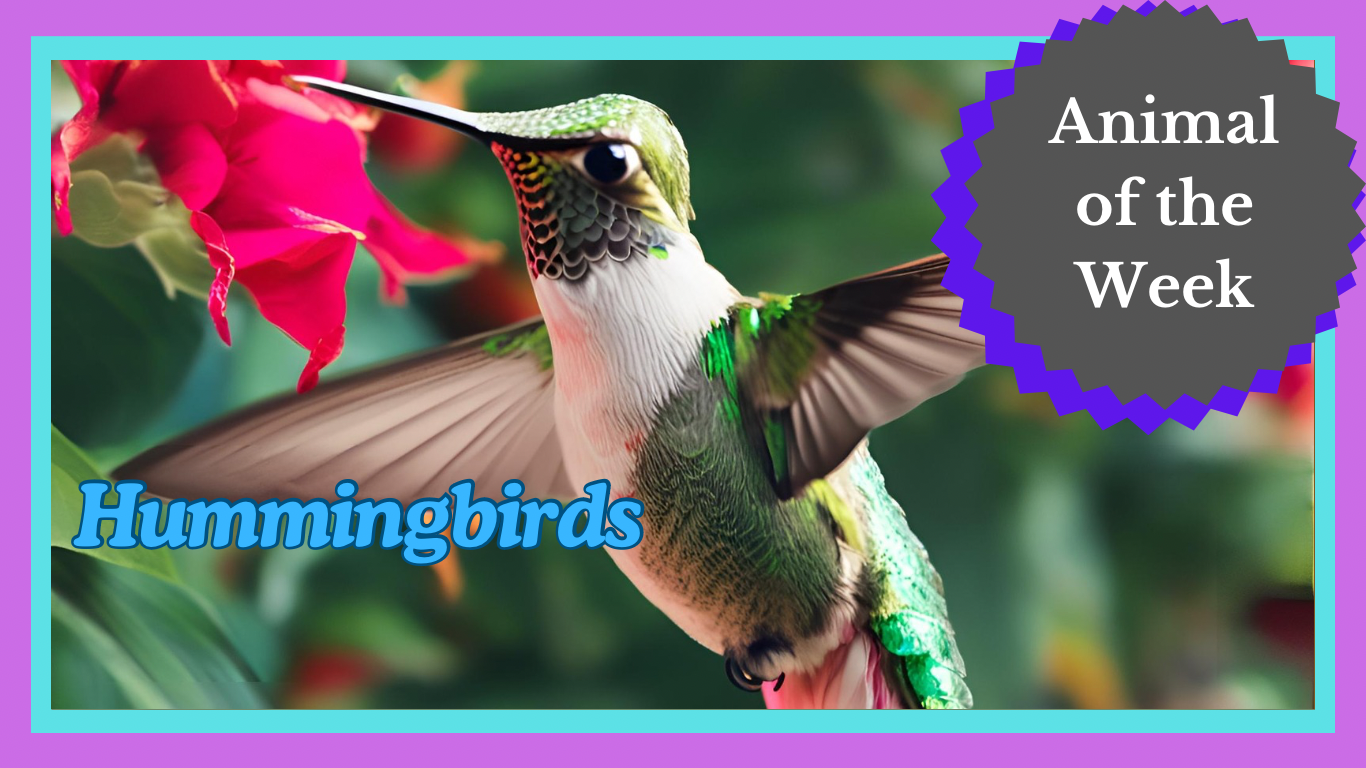


Thanks for sharing. I read many of your blog posts, cool, your blog is very good.